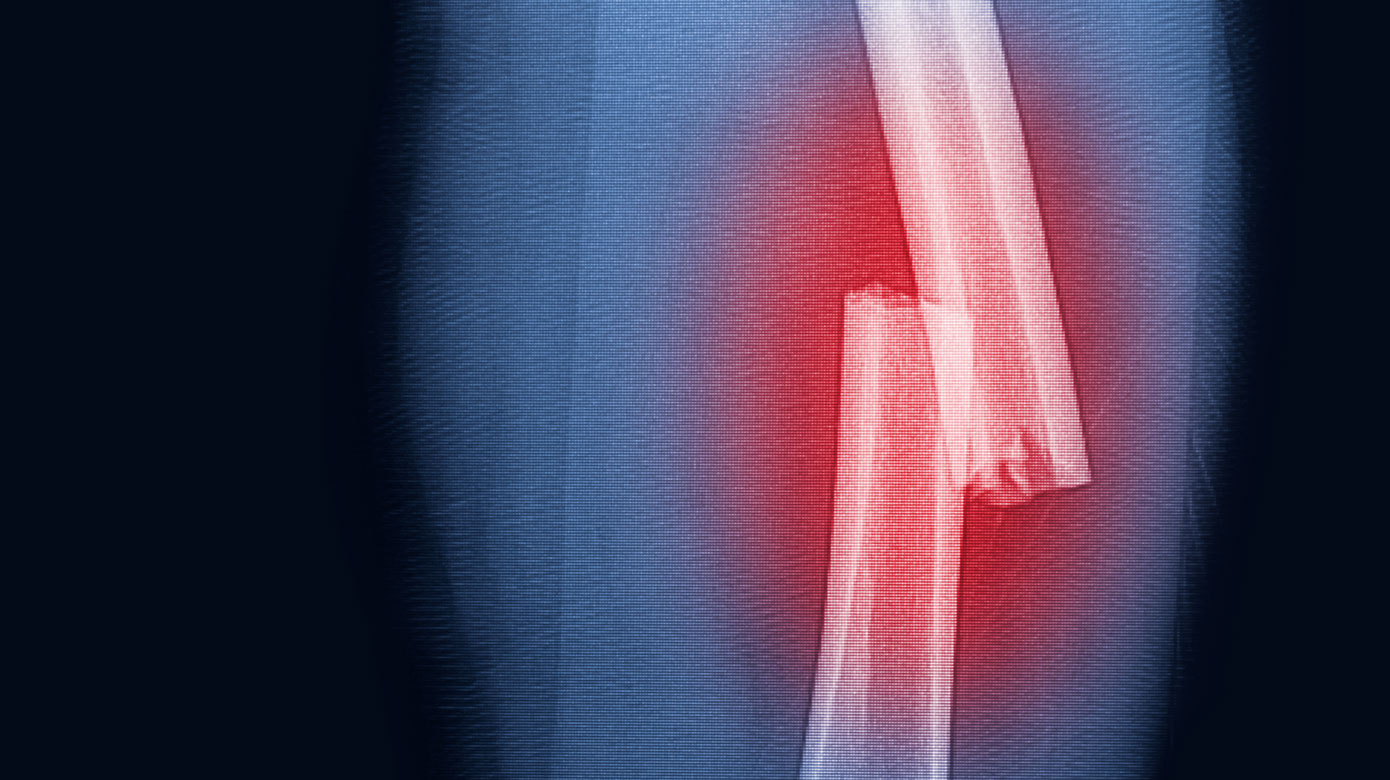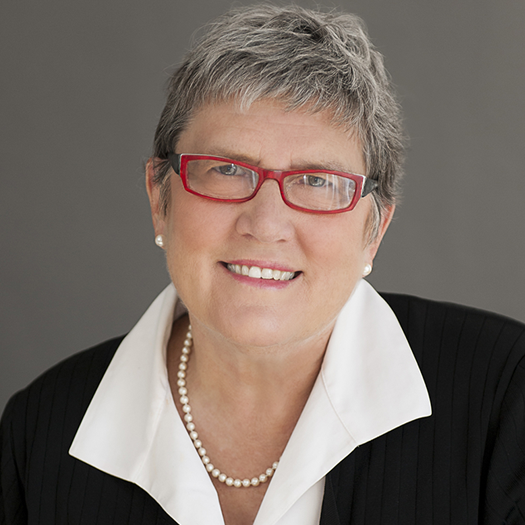Bone Health Program

Peak bone mass is reached by early adulthood and serves as a person’s bone bank for the rest of their life. The more bone that is deposited during a person’s childhood and adolescence, the longer it will last as that person grows older. Good bone deposits made when a child is young may help prevent osteoporosis in adulthood. Unfortunately, many children, particularly those with a genetic susceptibility to low bone density and/or with chronic medical conditions that require medications that are toxic to bone, are at risk for frequent fractures. The Bone Health Program seeks to maximize the bone health of children and adults who are at increased risk for fractures by providing multidisciplinary diagnosis and treatment services for them, as well as the opportunity to participate in innovative research.
Brittle Bones Disease Rare Disease Clinical Research Consortium (BBD-RDCRC)
The Bone Health Program is a member of the Brittle Bones Disorders Rare Disease Clinical Research Consortium (BBD-RDCRC) within the Rare Disease Clinical Research Network funded by the NIH. The consortium’s goal is to perform collaborative clinical research on brittle bone disorders, including a longitudinal observational study driven by genotypic association. Laura L. Tosi, MD, is the site principal investigator (PI) for this program.
She is also co-PI of a pilot project that seeks to explore the use of the PROMIS tool to provide valid quality of life (QOL) measures in individuals with osteogenesis imperfecta (OI). This work has been motivated by the fact that all current outcome measures in OI have been developed by medical experts without input from patients, and patients and clinicians often disagree about the level of disease burden. The project seeks to develop clinical scoring instruments that capture the disease characteristics of importance to individuals with OI in order to fully compare and contrast the impact of new treatments, as well as to determine future needs and research topics.
Defining Genetic Influences on Bone and Muscle Strength and Development Projects
Laura Tosi, MD, has had the opportunity to partner with members of the National Human Genome Research Institute for more than 15 years as part of their effort to identify the cause of mosaic limb overgrowth. This work encouraged her interest in rare skeletal disorders and led to her focusing on these disorders in her research program. In addition, the Bone Health Program hosts a summer research program for medical students interested in a career in musculoskeletal health that focuses on discovering and validating genetic variants associated with musculoskeletal health and disease.
Focus Areas
- Brittle bone disease
- Genetic influences on bone and muscle strength

